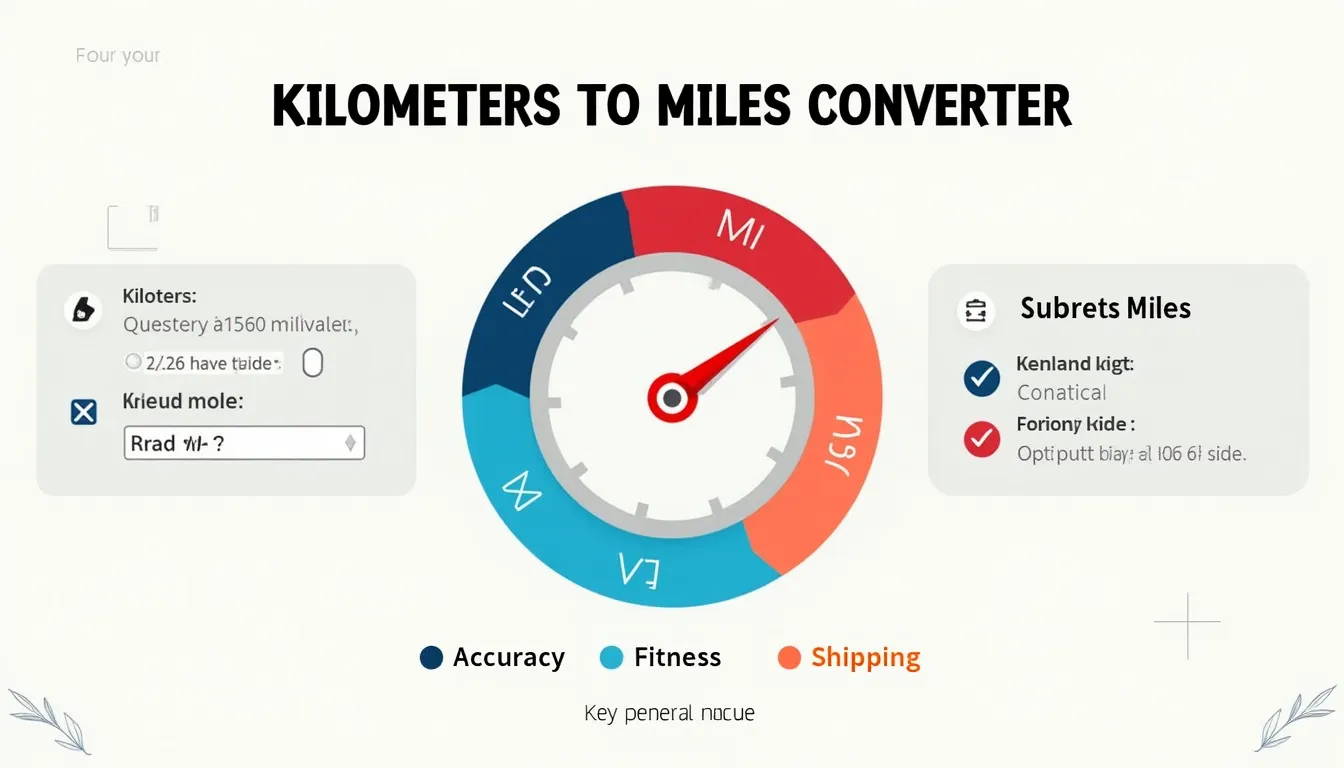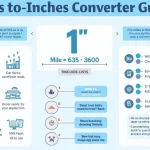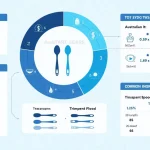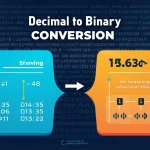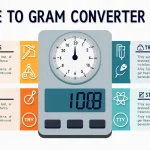Kilometers to Miles Converter
Is this tool helpful?
How to use the tool
1. Enter the distance in kilometers
Type any positive number. Sample inputs: 5.5 or 250.8.
2. Select decimal precision
Pick 0–6 places. Default is 2; choose more for scientific work, fewer for quick estimates.
3. Read the result instantly
The tool displays “kilometers = miles” with your chosen rounding.
Formula & examples
The calculation follows:
$$\text{Miles}= \text{Kilometers} \times 0.621371192$$
- Example A: 5.5 km × 0.621371192 = 3.4176 mi (precision = 4).
- Example B: 250.8 km × 0.621371192 = 155.846 mi (precision = 3).
Quick-Facts
- Exact factor: 1 km = 0.621371192 mi (NIST SP 811, 2008).
- Kilometre derives from the SI base unit metre (BIPM SI Brochure 9th ed., 2019).
- USA and UK road signs display miles; 95 % of countries use kilometres (UK DfT Sign Manual 2022).
- “NASA calculates in metric, then converts for the public” (NASA Metric Transition Policy 2007).
FAQ
What is a kilometre?
It is 1,000 metres, the standard SI multiple for long distances (BIPM SI Brochure 2019).
Why does the tool use 0.621371192 as the factor?
NIST lists this as the exact survey conversion between kilometres and international miles (NIST SP 811 2008).
Can I convert miles back to kilometres?
Yes—invert the factor: $$\text{Kilometres}= \text{Miles} ⁄ 0.621371192$$ (NIST, 2008).
How accurate are six decimal places?
Six decimals keep error below 0.001 m per kilometre—adequate for mapping (USGS Geodesy Factsheet 2021).
Why do U.S. runners track miles?
Imperial units persist in U.S. athletics regulations (USA Track & Field Rule Book 2023).
Is the factor affected by altitude?
No—conversion is purely numeric; altitude influences only physical travel, not units (NIST, 2008).
Important Disclaimer
The calculations, results, and content provided by our tools are not guaranteed to be accurate, complete, or reliable. Users are responsible for verifying and interpreting the results. Our content and tools may contain errors, biases, or inconsistencies. We reserve the right to save inputs and outputs from our tools for the purposes of error debugging, bias identification, and performance improvement. External companies providing AI models used in our tools may also save and process data in accordance with their own policies. By using our tools, you consent to this data collection and processing. We reserve the right to limit the usage of our tools based on current usability factors. By using our tools, you acknowledge that you have read, understood, and agreed to this disclaimer. You accept the inherent risks and limitations associated with the use of our tools and services.
